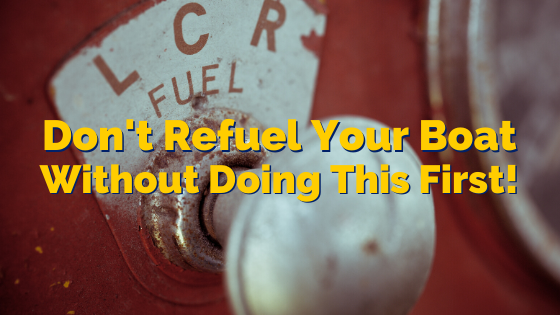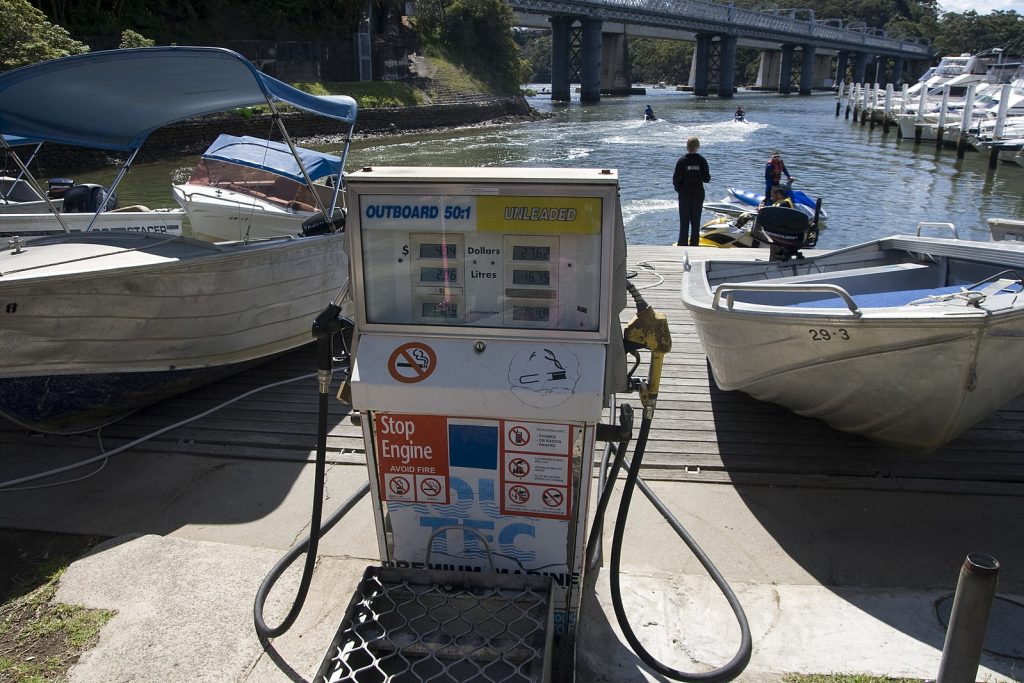
If you’re squeezing in the last few days on the boat, enjoying year-round waters, or thinking ahead for next year, remember that though boat fuelling might seem like a routine procedure, it’s actually a situation where a lot of serious accidents can occur. It’s important to always be aware of, and regularly review, safe boat fuelling practices.
BEFORE FUELLING
- Avoid refuelling at night, and if you have to fuel in the dark, only use electric lights.
- Make sure that there are fire extinguishers or other firefighting appliances and methods available.
- Keep passengers off the boat.
- Just like with automobiles, keep smoke, matches, lighters, and other potential ignition sources well away from the boat.
- Turn off pilot lights, engines, fans, fuel valves, and anything else that might cause a spark.
- Close doors, windows, ports, and any other hatches or openings to keep fumes out.

WHILE FUELLING
- Keep the nozzle open with your hand, rather than locking or jamming the trigger open.
- Keep the nozzle in contact with the fuel tank opening, to prevent static sparks.
- Fill the tank slowly, using a cloth to catch any spills or drips. DO NOT OVERFILL.
- Lift the hose to drain any remaining fuel into the tank, and clean up any spills.
AFTER FUELLING
- Open the hatches and openings you previously closed.
- Wait until the boat is free of fumes before starting the exhaust blower, if you have one. Let it run for the manufacturer’s recommended time.
- Conduct a sniff test for fuel vapours in the bilge and engine compartments. This is where an alarm system is very handy!
- Start the engine when you are satisfied that there are no remaining fumes.
- Bring passengers back onboard.
- Dispose of any fuel-soaked items properly.
